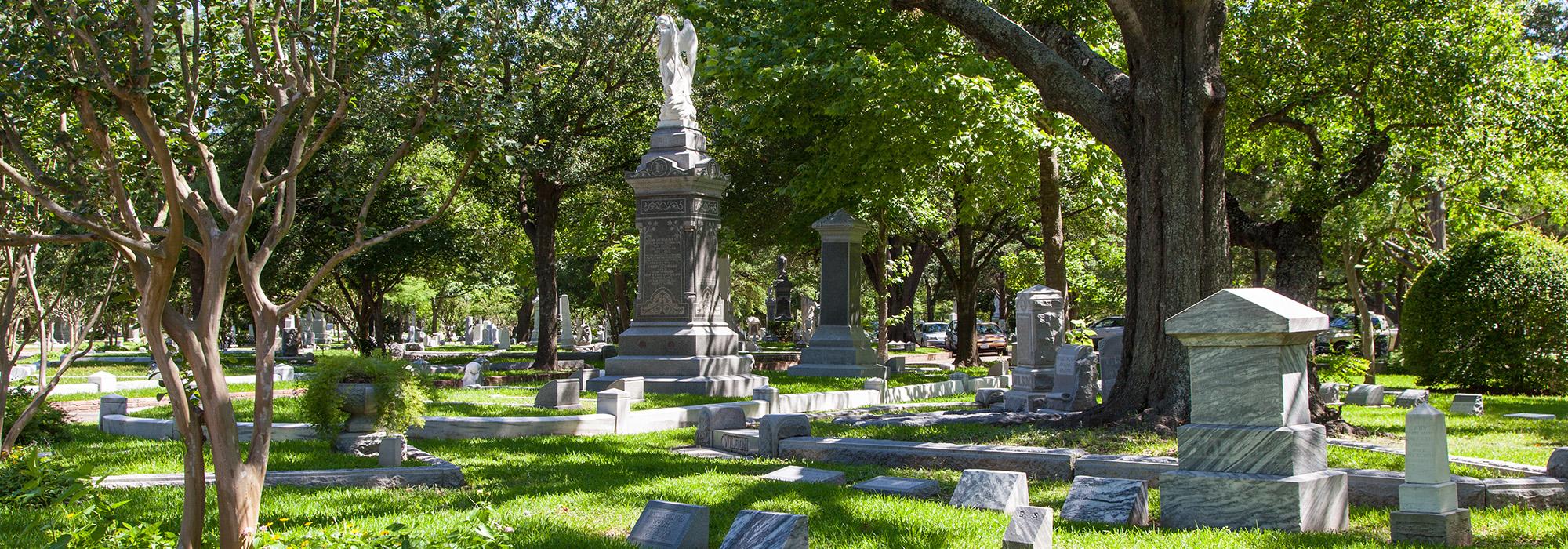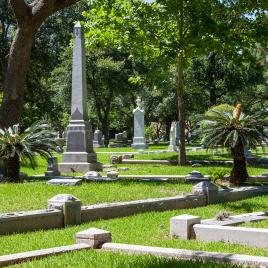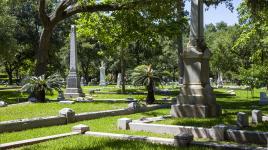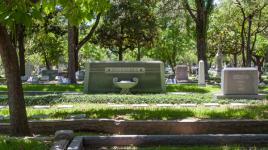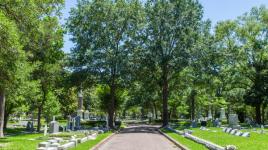Pioneer Information
Born in 1832 or 1833 in Yorkshire, England, Whitaker and two of his brothers immigrated to the United States, arriving in New Orleans in 1854. He then ran a number of businesses in Galveston, Texas, and served there in the Texas Heavy Artillery, rising to the rank of captain. He moved to Houston in 1858, where, joined by his brothers and his father, he operated a mercantile business under the banner of A. Whitaker & Company. In 1866, Whitaker formed the Town and Country Agricultural Society of the Industrial Association of Harris County, an organization whose purpose was to “experiment with growing fruit and vegetables.” By 1870, he ran a flower shop and maintained a nursery and greenhouse in the southwestern portion of the city, with advertisements identifying him as nurseryman, seedsman, and florist. He employed a number of gardeners, including Finley McIvor, who had trained in Scotland, and Charles Albrecht, who came from Germany. From 1870 to 1873 (and again in 1877), Whitaker provided plantings for Houston’s Courthouse Square. In 1871, he appeared on behalf of the Houston Cemetery Company (of which he would later become director) at the state legislature in Austin, where he presented the charter for Glenwood Cemetery. He is credited as a co-designer of Glenwood, and is known to have designed a rustic bridge in the cemetery’s southeastern section. As the cemetery’s first superintendent (which earned him $1,200 per year in his first two years of service, including for work in “laying out the grounds”), Whitaker promoted and handled the sale of burial plots, acted as its spokesman, and oversaw daily operations—a position he held until 1887. In 1892, Whitaker became the agricultural editor for the Houston Post. It is believed that he left Houston after the turn of the century, although information on his whereabouts and his death is inconclusive.



